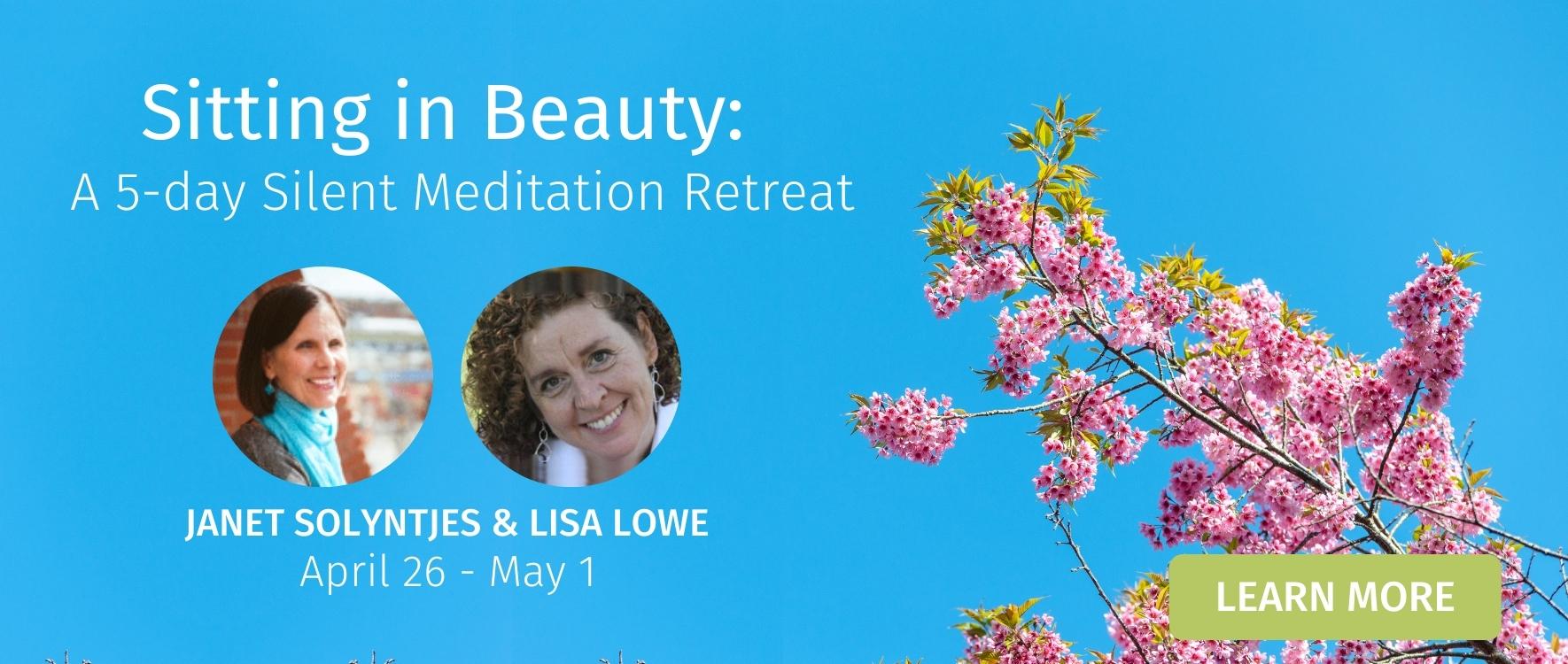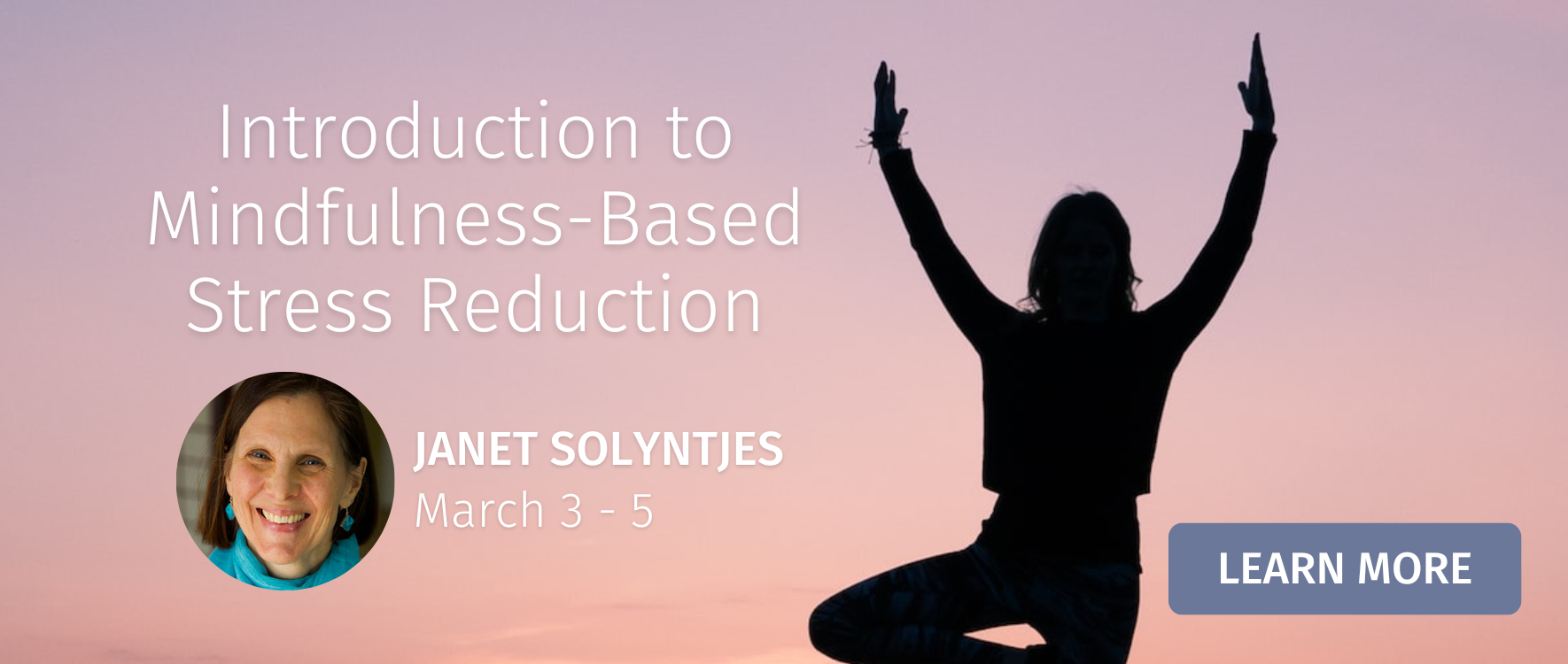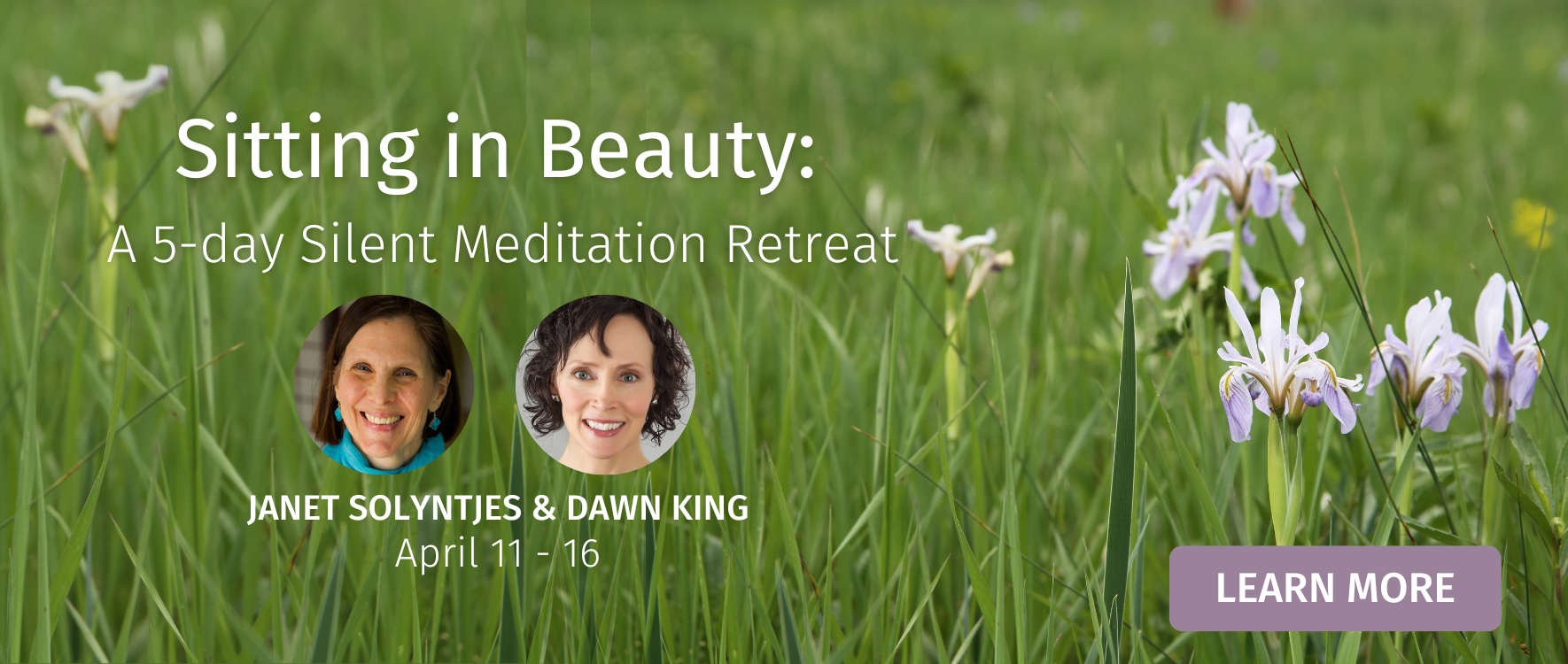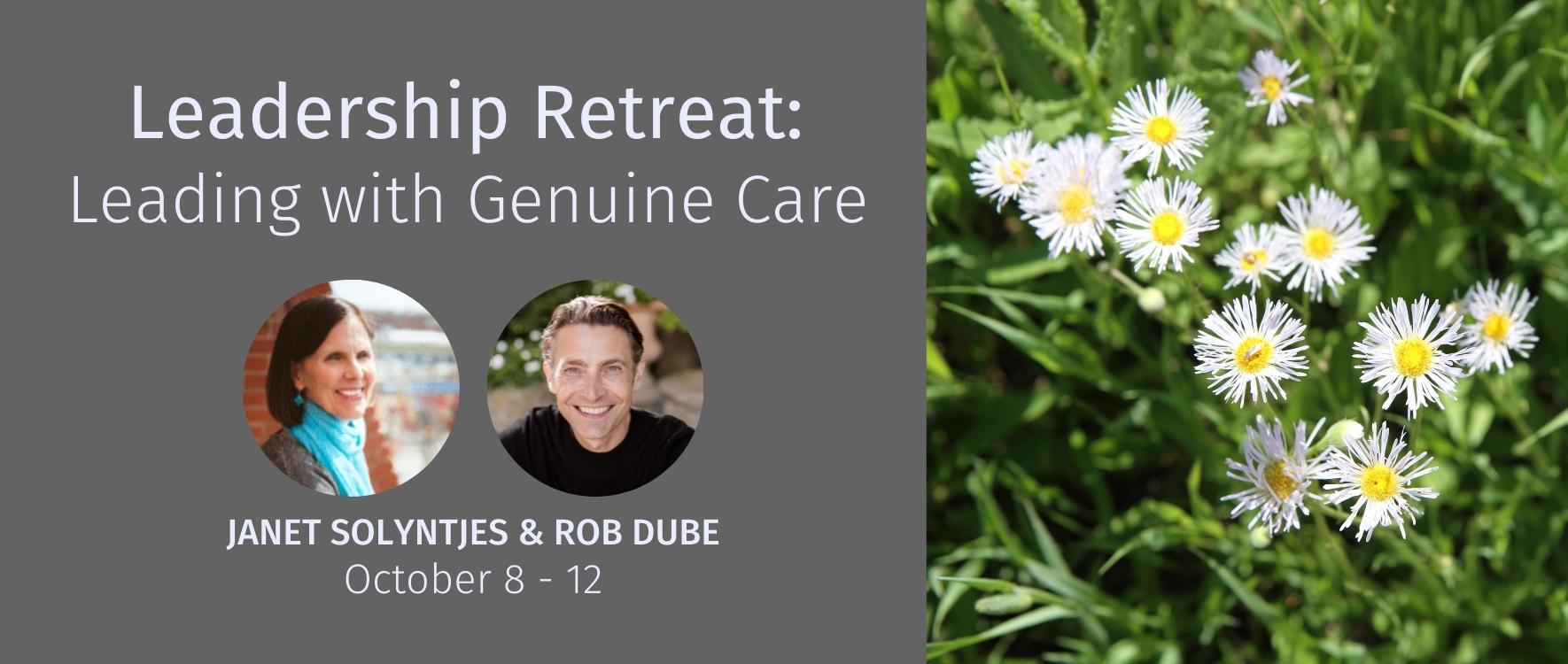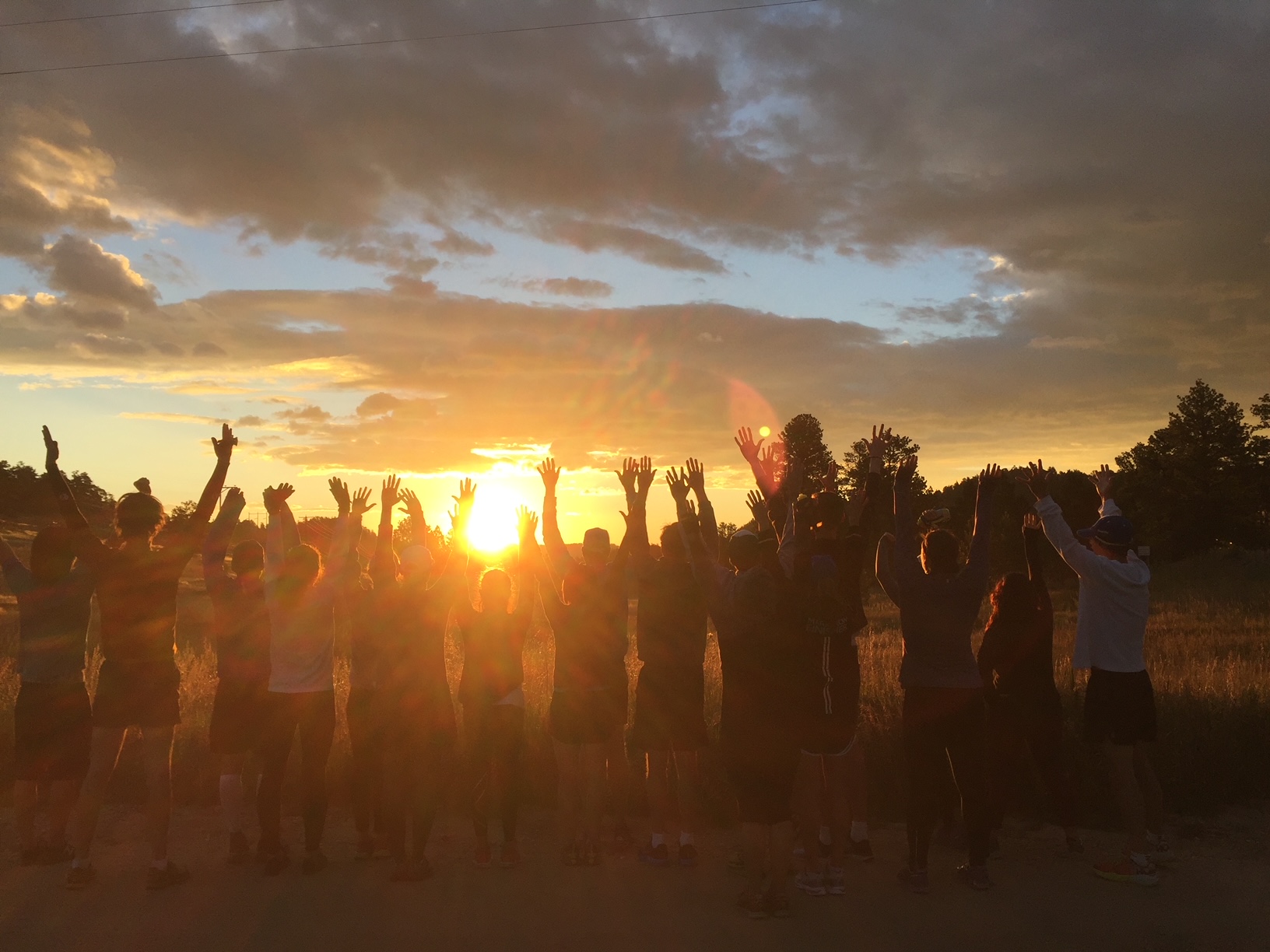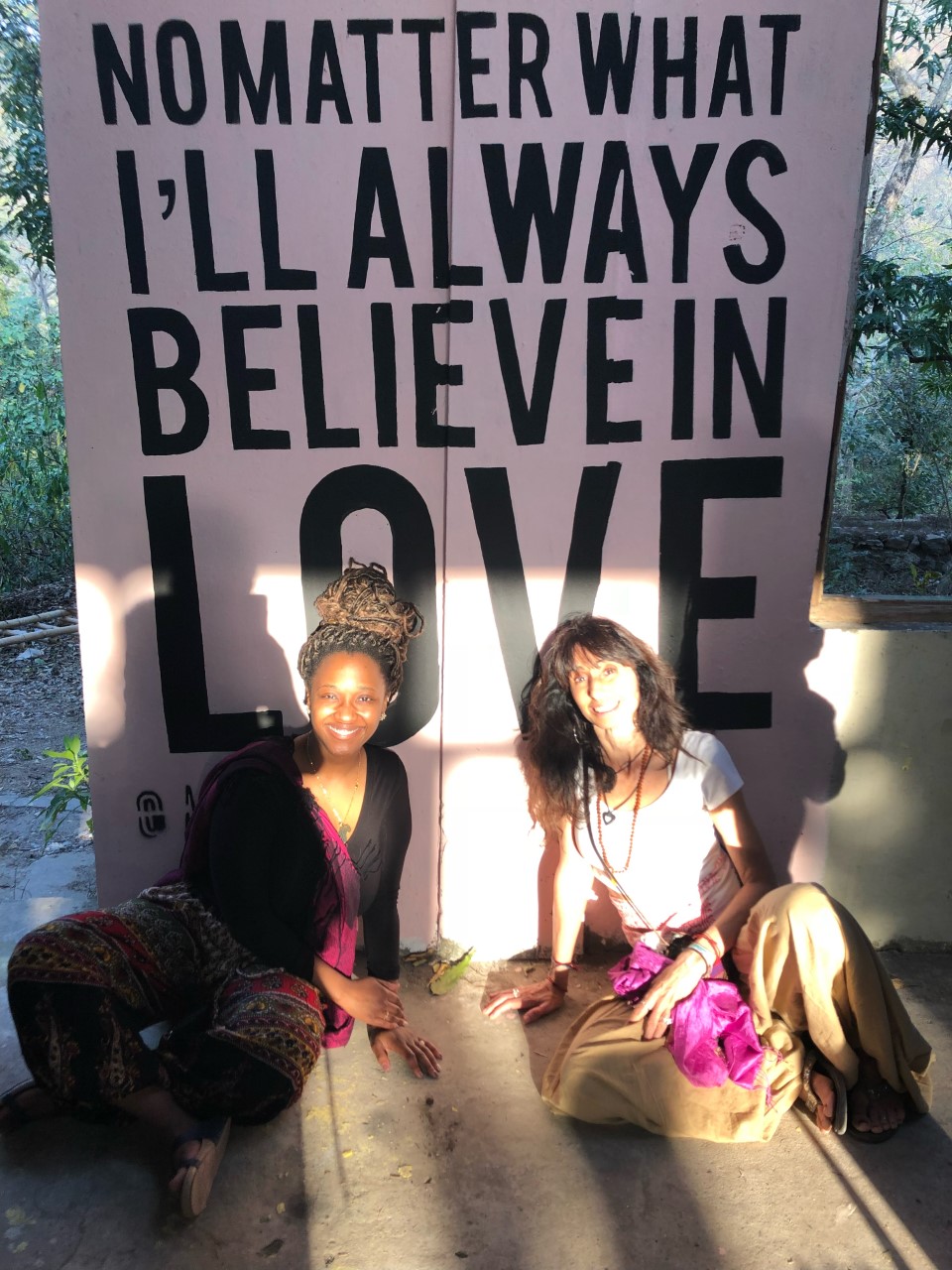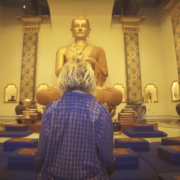A Gap in the Momentum
by: Janet Solyntjes
Time is a curious thing. We identify it as a curse or blessing. We curse time when there is not enough and bless time through rituals and ceremonies. Relating with time is a necessity and often times an obsession. A pianist sets a metronome to the tempo which brings full expression to the music. A manager encourages a healthy pace of engagement to a team working within the parameters of deadlines and goals. An Olympic coach clicks a stopwatch in hopes the athlete will “shave off” time to fulfill the dream of gold. We find that we are constantly adjusting, measuring, and striving.
In a world of instant updates, fast-moving images, sound bytes, and gadgets that promise greater efficiency, many Americans hold a misunderstanding of the relationship between time, speed and accomplishment. While a speedy pace can bring about accomplishment, speed often moves along for the sake of action alone. Along the way, many details are lost and the result is often exhaustion and irritability. Exhausted, we struggle to feel connected, resourced, and balanced.
But is it wise to attribute the sense of disconnect and imbalance to external conditions––the pandemic, social and political divisiveness, the blurring of work and home life? Or can we be honest and brave enough to look at inner conditions as contributors to stress and exhaustion––the mind’s distractedness, mental speediness, and biasedness? When we take a close look at our inner workings we discover habits of mental and physical speed, habits of striving.
How does striving express itself in daily life? Many people strive for wealth and fame, youth and beauty, or power and influence. These concerns can give a direction to one’s life and satisfaction once they are achieved (if they are). However, the joy tends to fade quickly. We are pre-disposed to quickly lose our interest once we have achieved what we wanted. Ready for the next thing. Ready to make another move. Never satisfied. Never content. Often in a hurry.
“Striving to better, oft we mar what’s well.” – William Shakespeare
The longing to live differently, at a different pace, with more ease, more grace, less striving, is a sign of fundamental healthiness. We intuitively long for a spacious timelessness that nurtures body, heart, and mind. This longing is often elicited through memory or fantasy: a recollection of a song, dreaming of a creative project, or gazing at the night sky. That longing can also be fulfilled through the practice of meditation. When we bring mindfulness-awareness to our moment-to-moment experience we notice small gaps in the momentum of thoughts. We don’t generally notice the small spaces between things because gaps don’t grab our attention, they aren’t exciting. However, if we look closely we see that gaps, felt through the momentary release of striving to get somewhere or be someone, point to an innate freedom. Time is no longer an issue.
“Non-doing really means non-doing. And radically speaking, it means giving up wanting anything else to happen, even in the next moment, never mind at the end of the day or at the end of a year, in terms of the bottom line, and be willing to just stand in how things are in this moment.” – Jon Kabat-Zinn
These thoughts on time are offered as an invitation to begin or continue with a meditative journey. At Shambhala Mountain Center you will find many ways to cultivate the gaps in the momentum of your life. The Introduction to MBSR weekend is one way to get started.
Join Janet for a 2023 retreat!
About the Author: Janet Solyntjes

Janet facilitates the annual leadership retreat: Leading with Genuine Care (formerly donothing retreat) for entrepreneurs and supports business leaders and teams in the integration of mindfulness into workplace settings.

